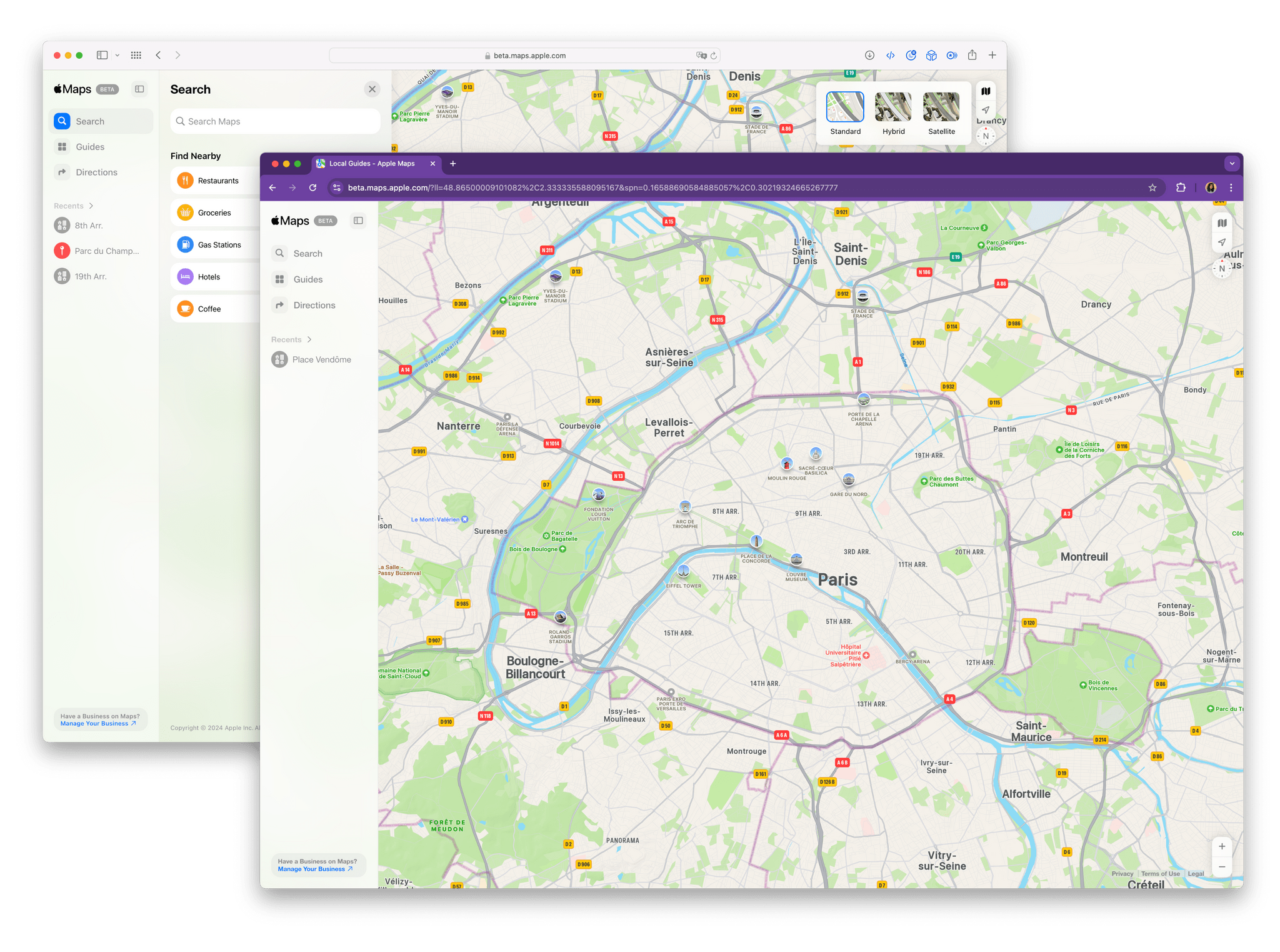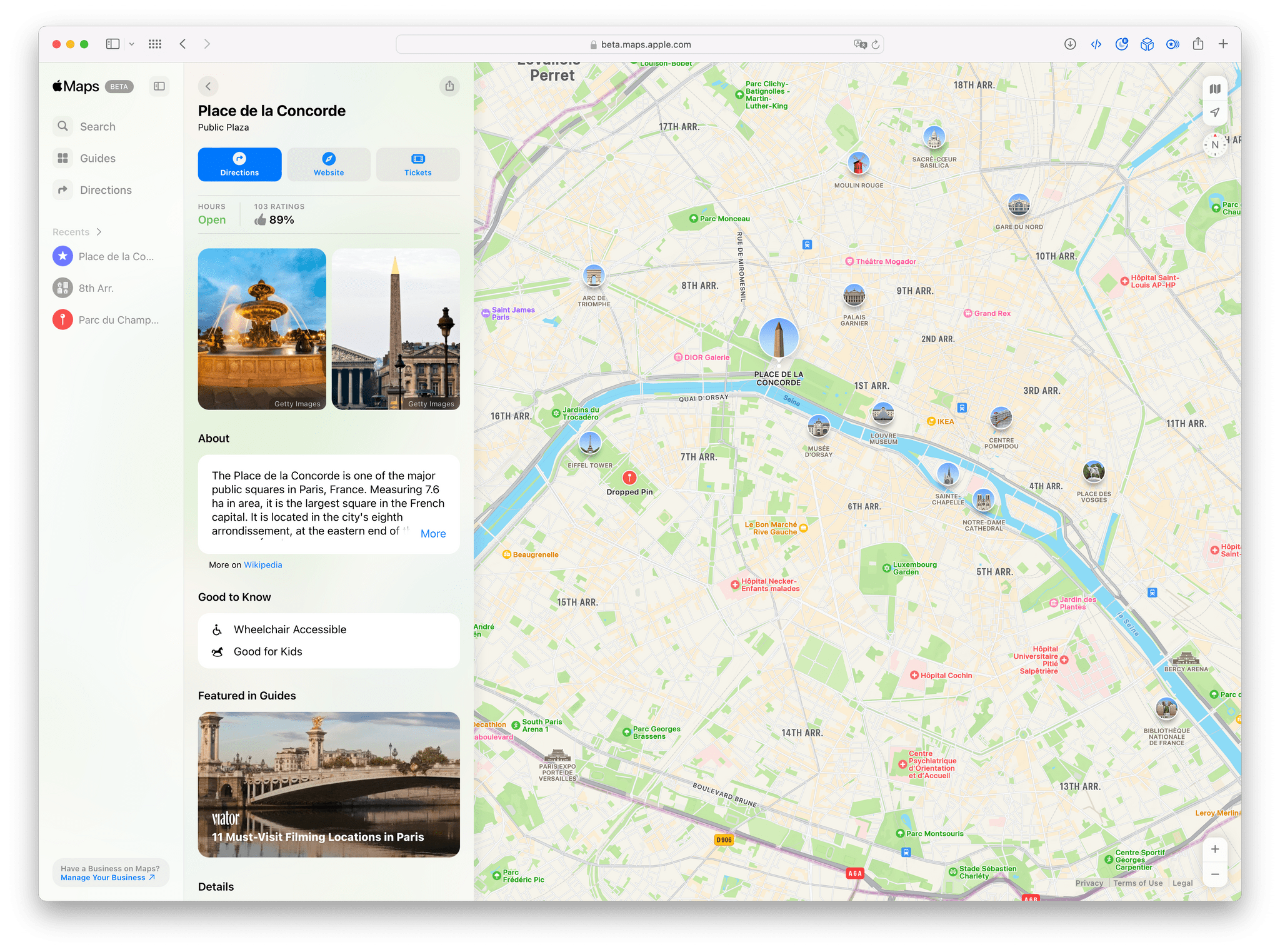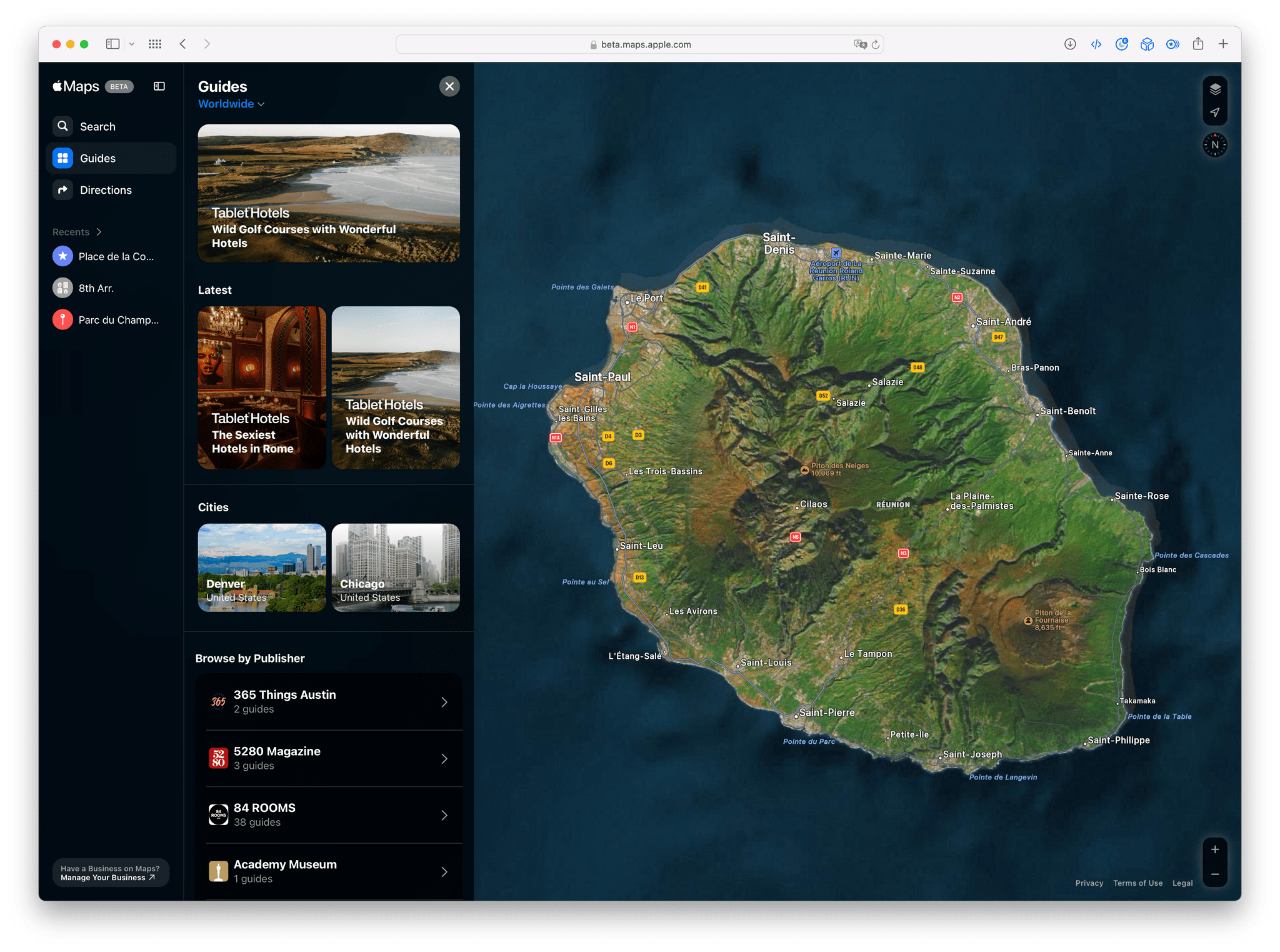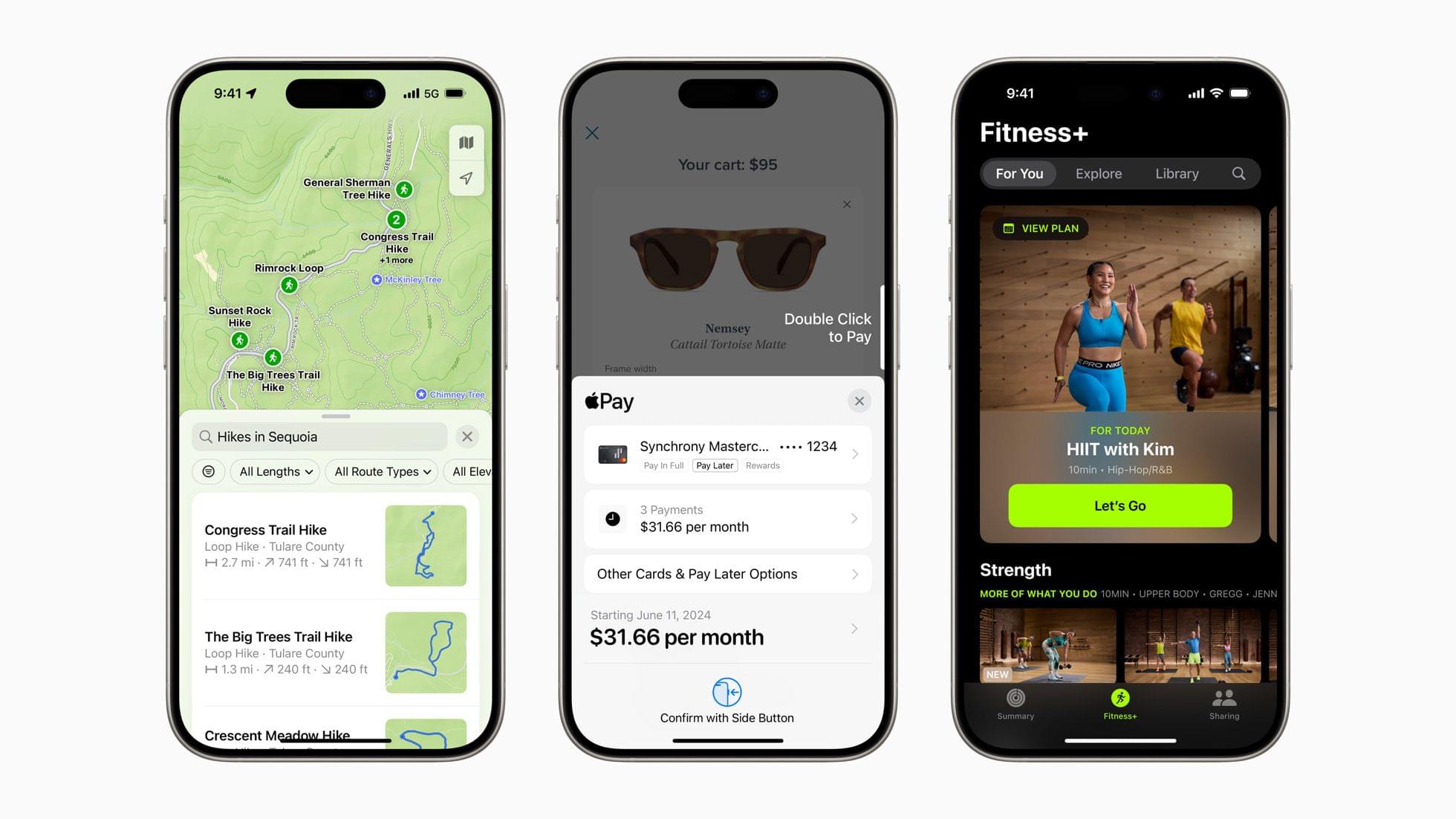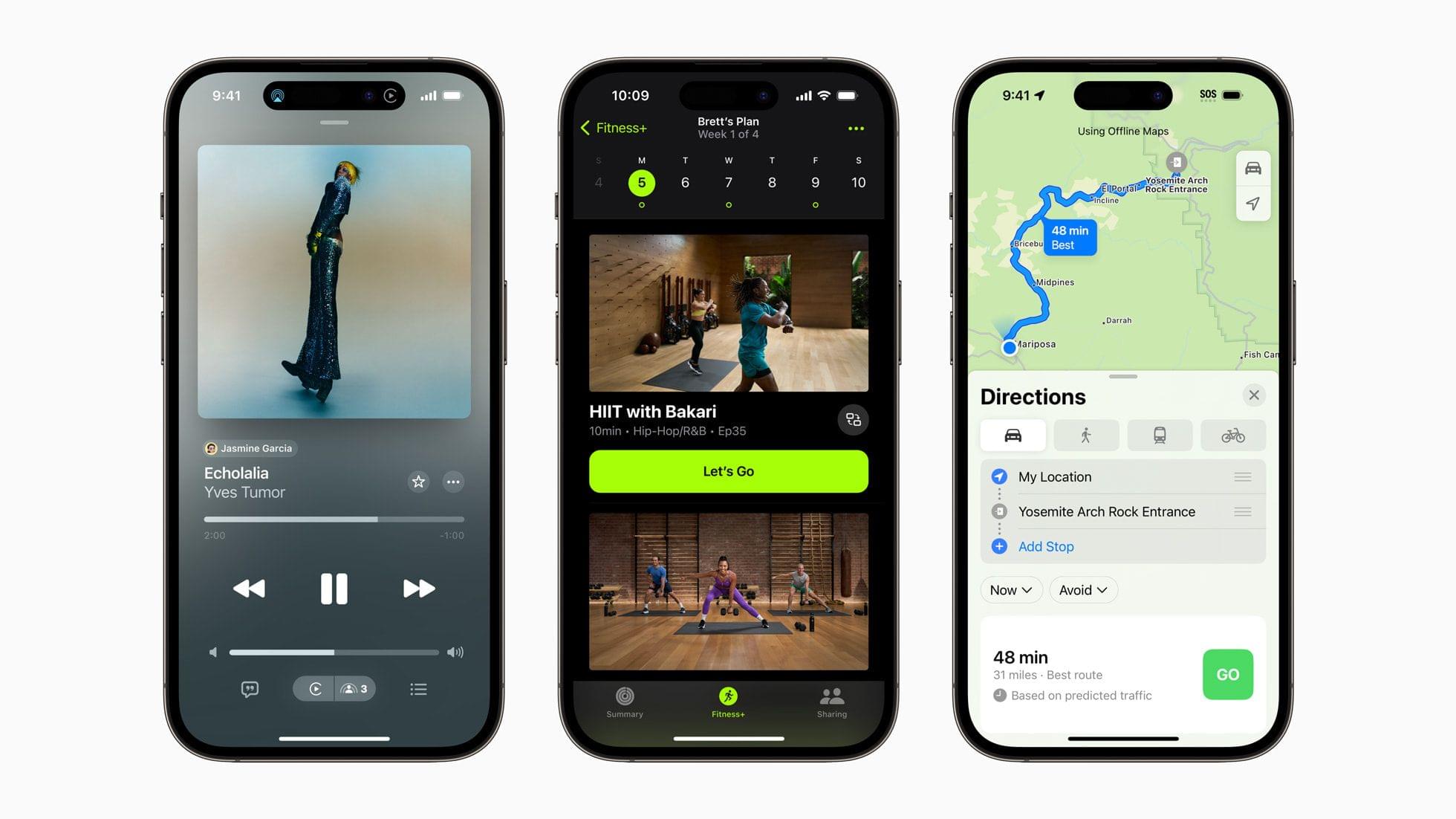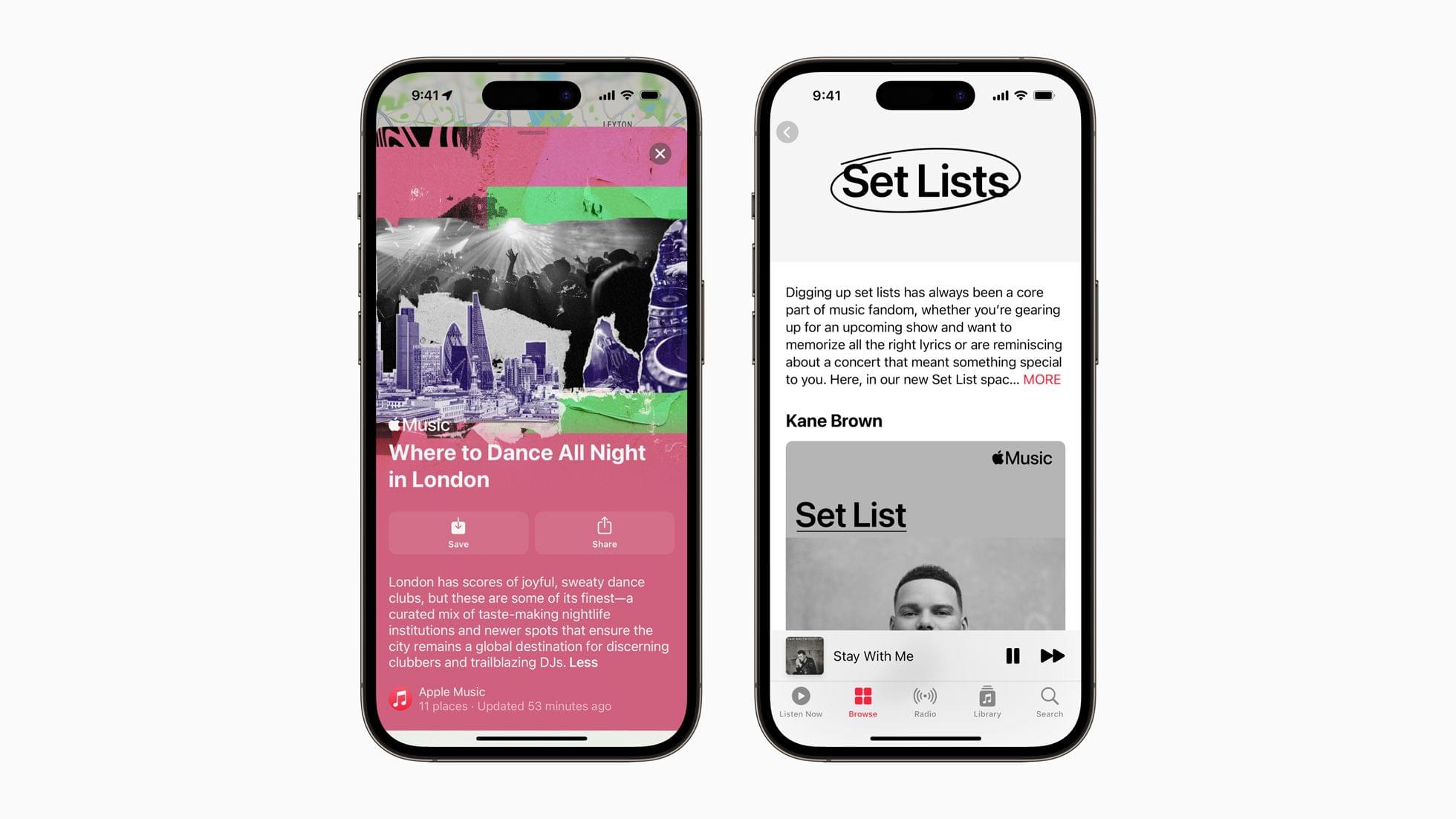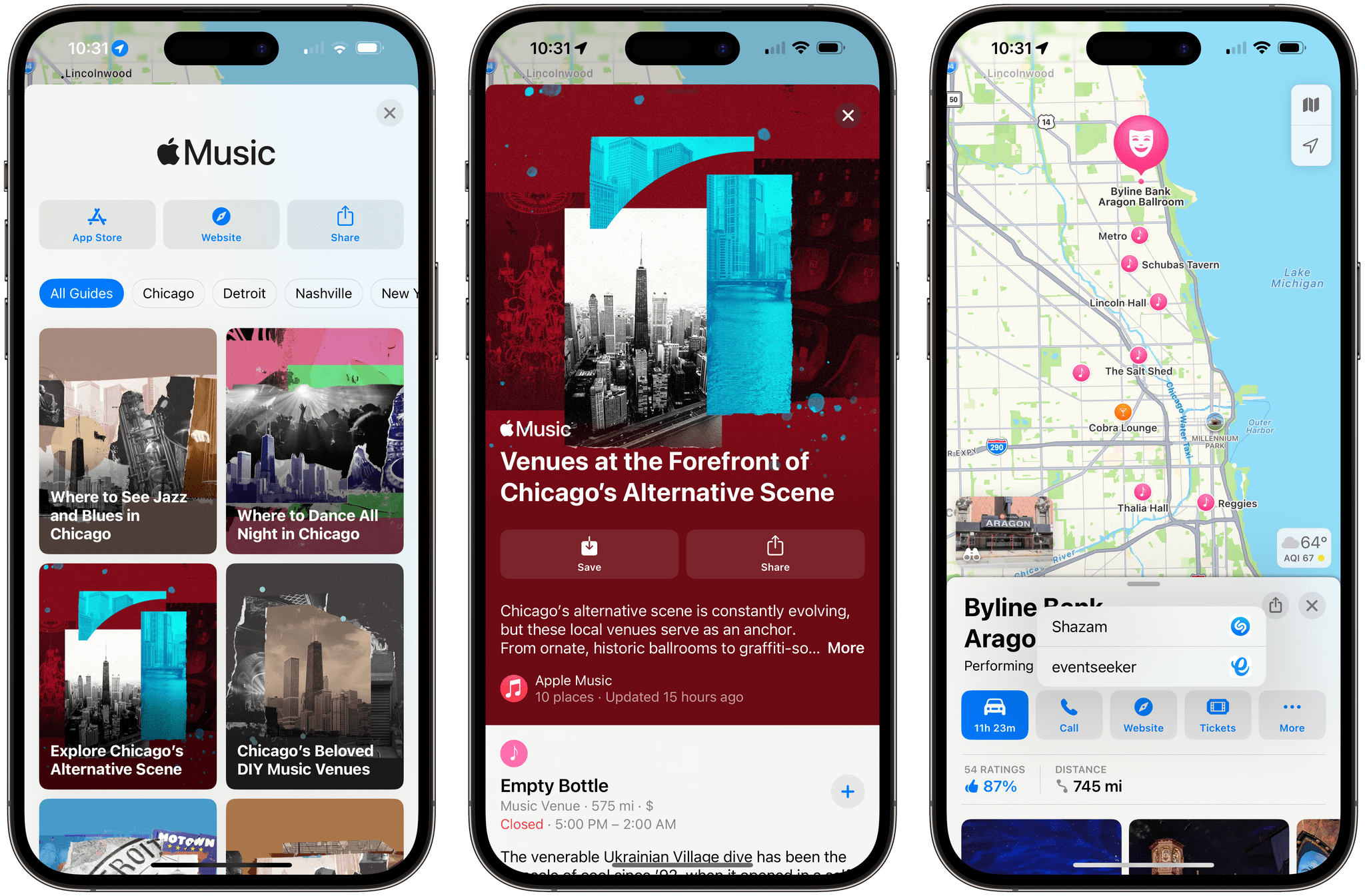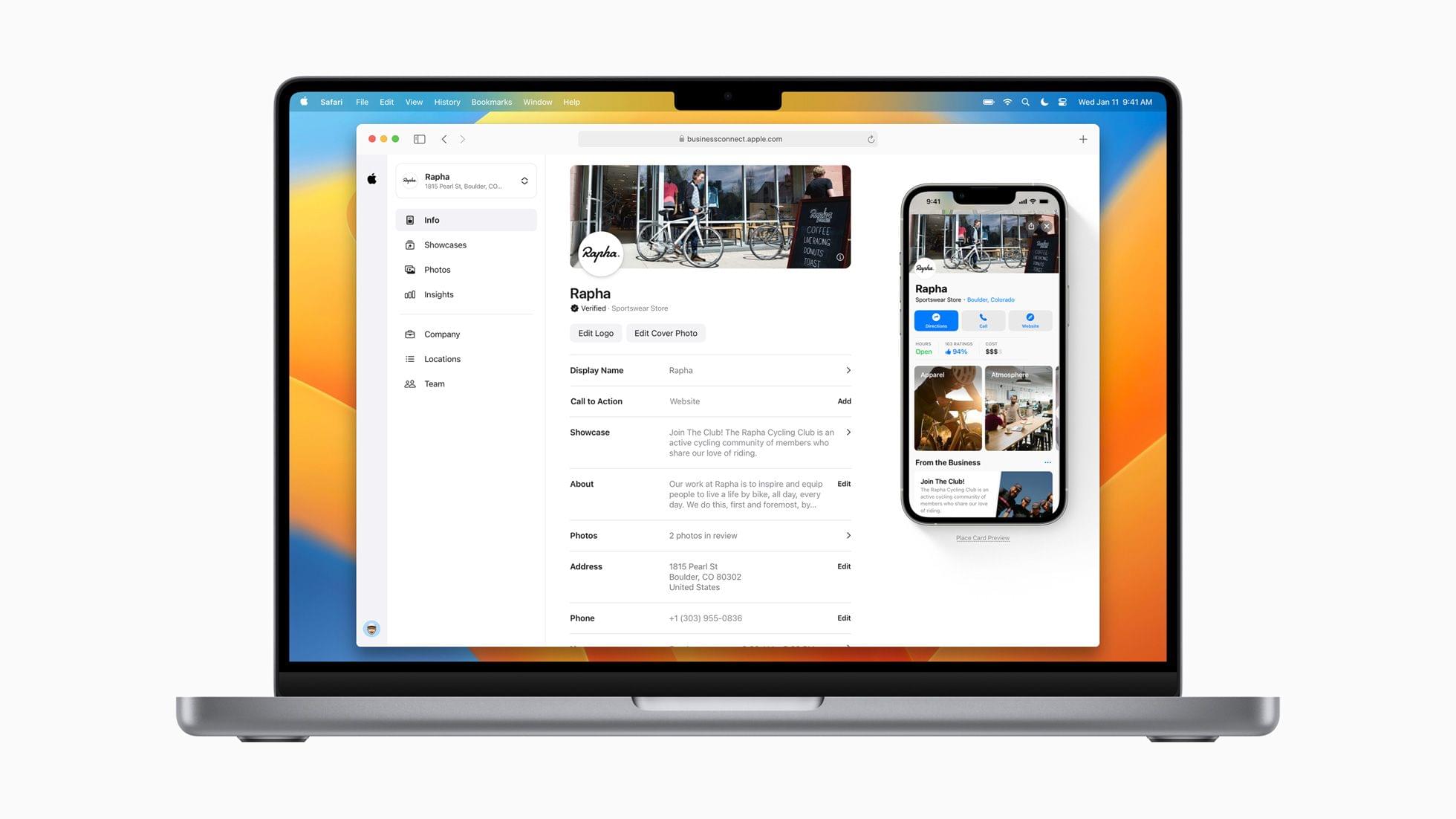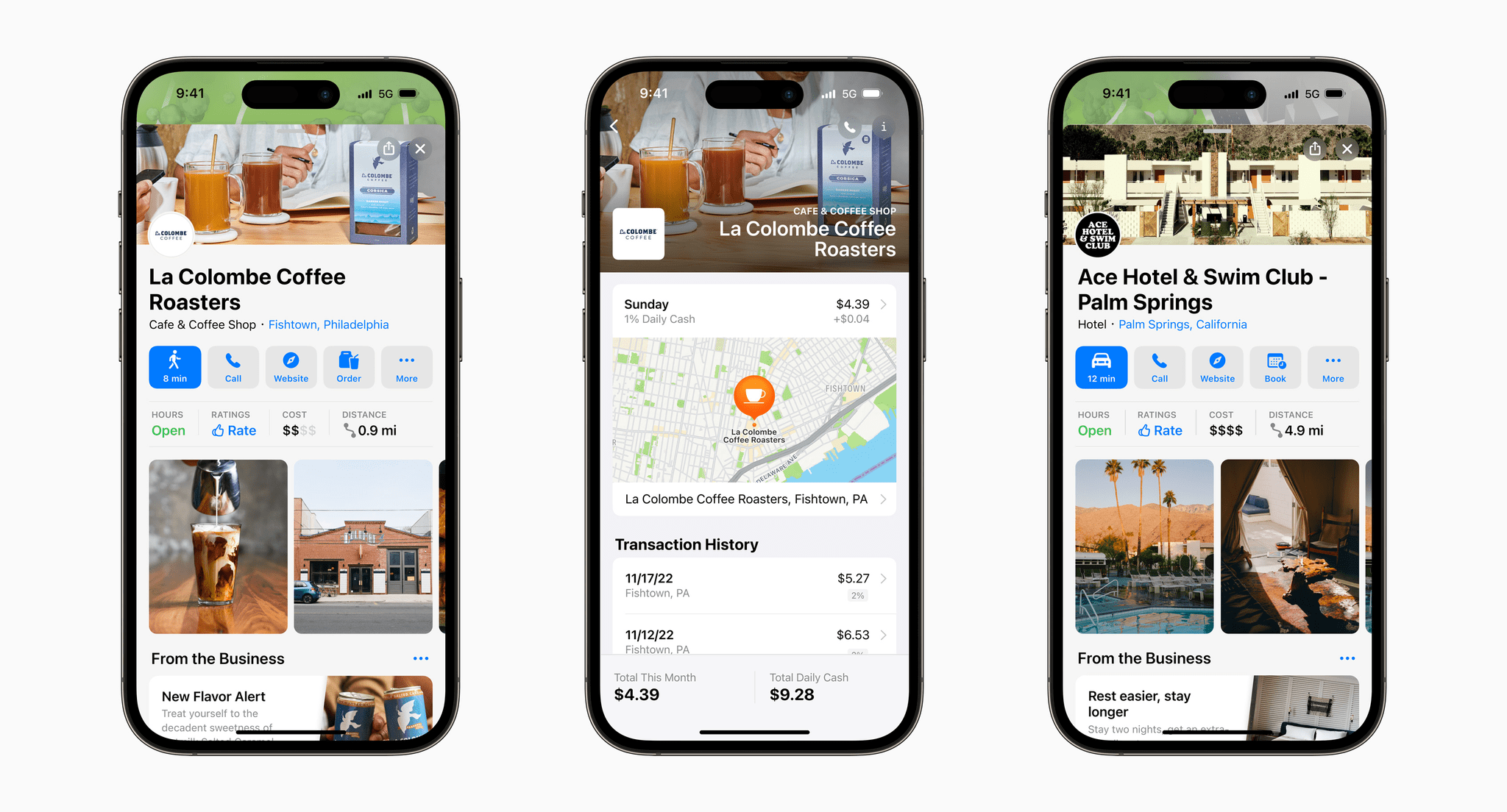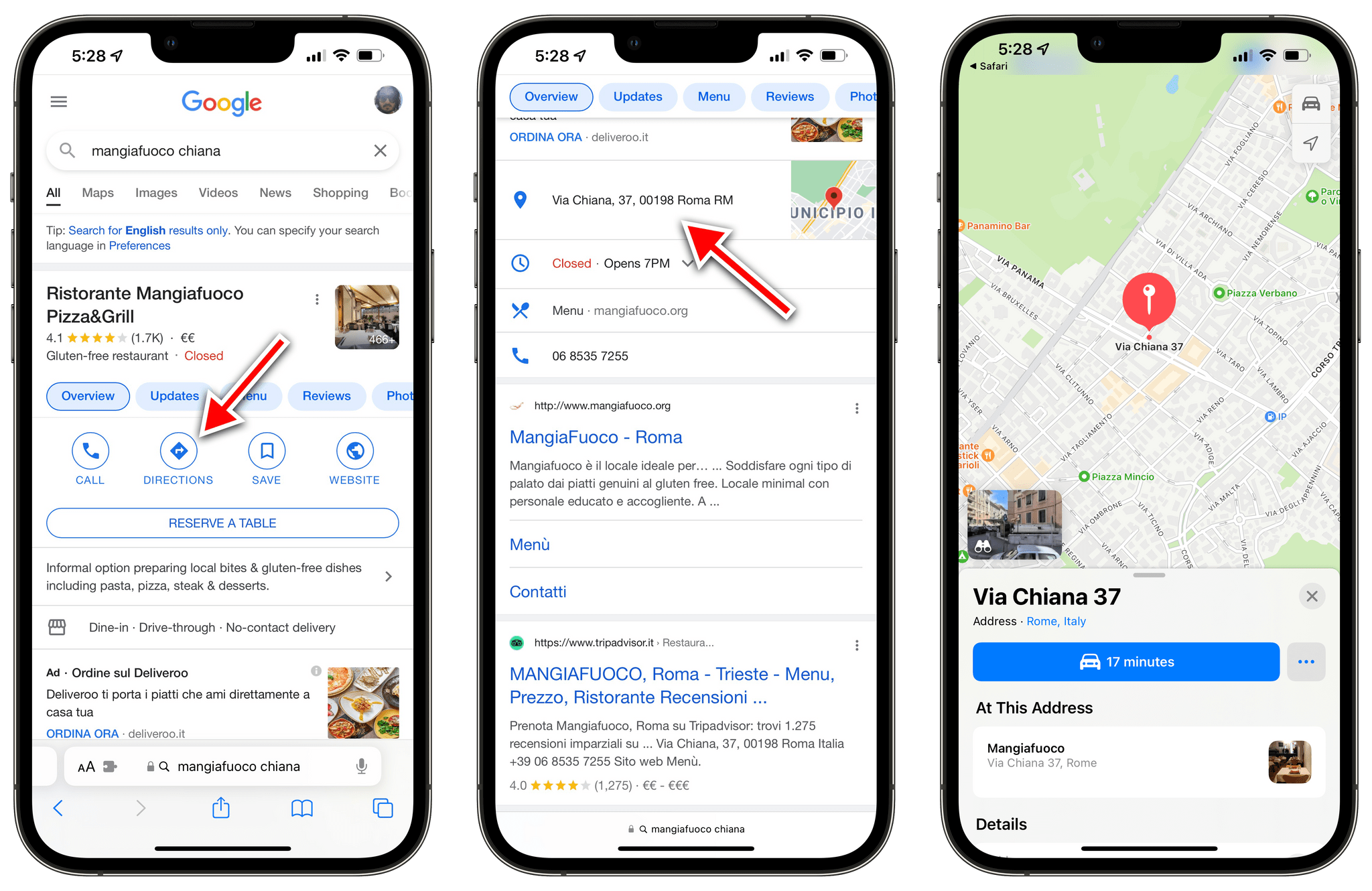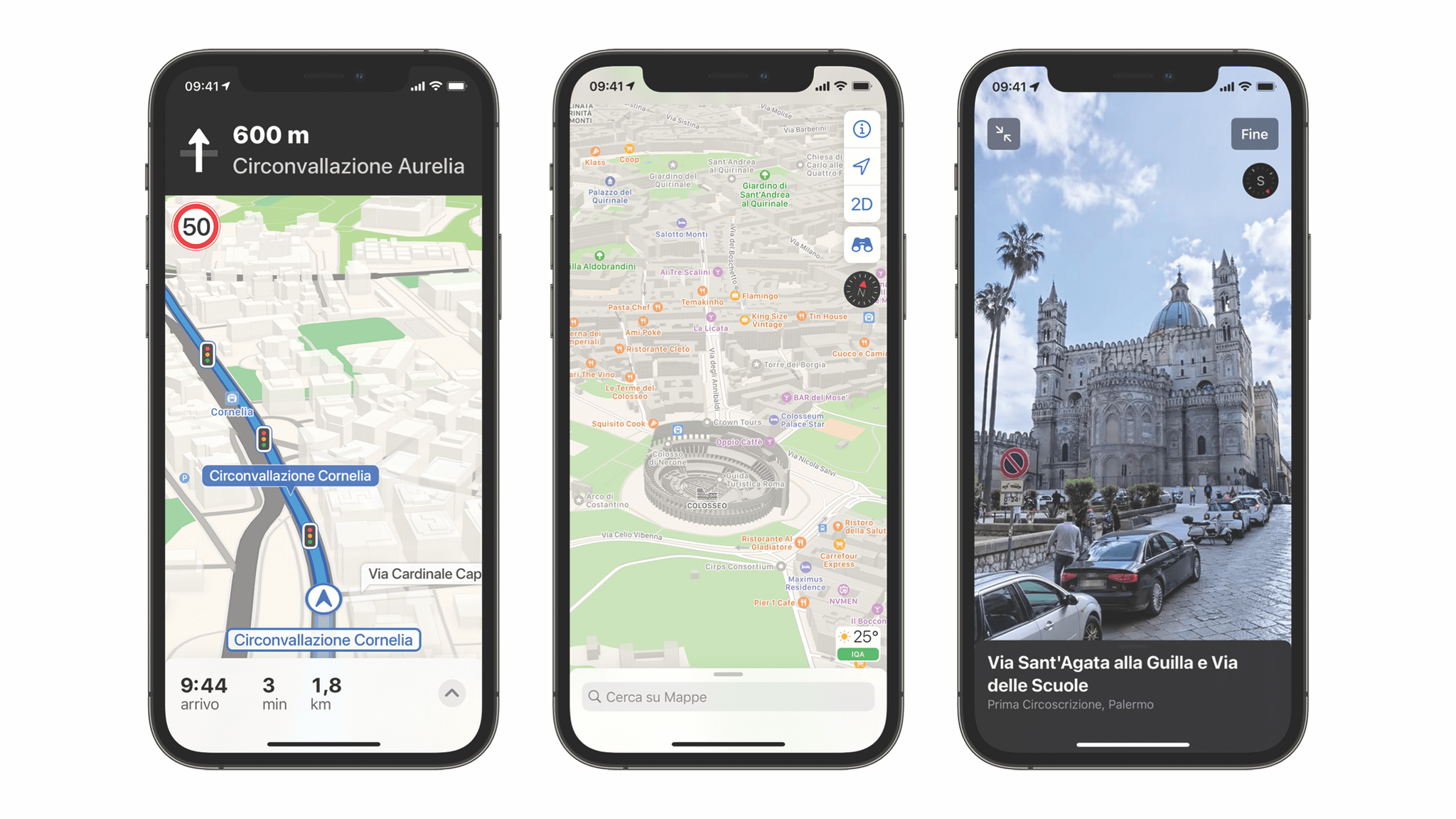Today, Apple has launched Apple Maps on the web in a surprise announcement. This beta version of Apple Maps on the web is accessible via the url beta.maps.apple.com, and is said by the company to be compatible with Google Chrome, Safari, and Microsoft Edge on Windows. Additionally, developers will now be able to link out to Apple Maps on the web using MapKit JS.
Apple Maps on the web seems to be rather limited so far. The web app supports panning and zooming on the map, searching and tapping on locations, looking up directions, and browsing curated guides. However, it isn’t currently possible to tilt the map to view 3D building models or terrain elevation, and directions are limited to Driving and Walking. Look Around (Apple’s equivalent to Google Street View) is not available on the web either, but Apple says the feature will arrive in the coming months.
The web UI itself is reminiscent of Apple Maps on macOS and iPadOS. Recent locations can be found in a sidebar, and buttons to navigate the map are located in the top-right and bottom-right-hand corners of the page.
In my testing, performance across Apple Maps on the web isn’t stellar in Safari. I’m observing stutters in transition animations, as well as when panning the map. In Google Chrome, however, the web app feels significantly smoother. If you attempt to access Apple Maps from Firefox, the app will not load and redirect you to Apple’s (short) list of supported browsers. The same message is displayed if you access the URL from Safari on iOS.
Apple Maps on the web is a welcome addition. Google Maps has always been available on the web for all to use, and I’m glad to finally see Apple try and compete beyond its native apps on iOS, iPadOS, and macOS. Hopefully more languages and features are coming to the web version soon.


